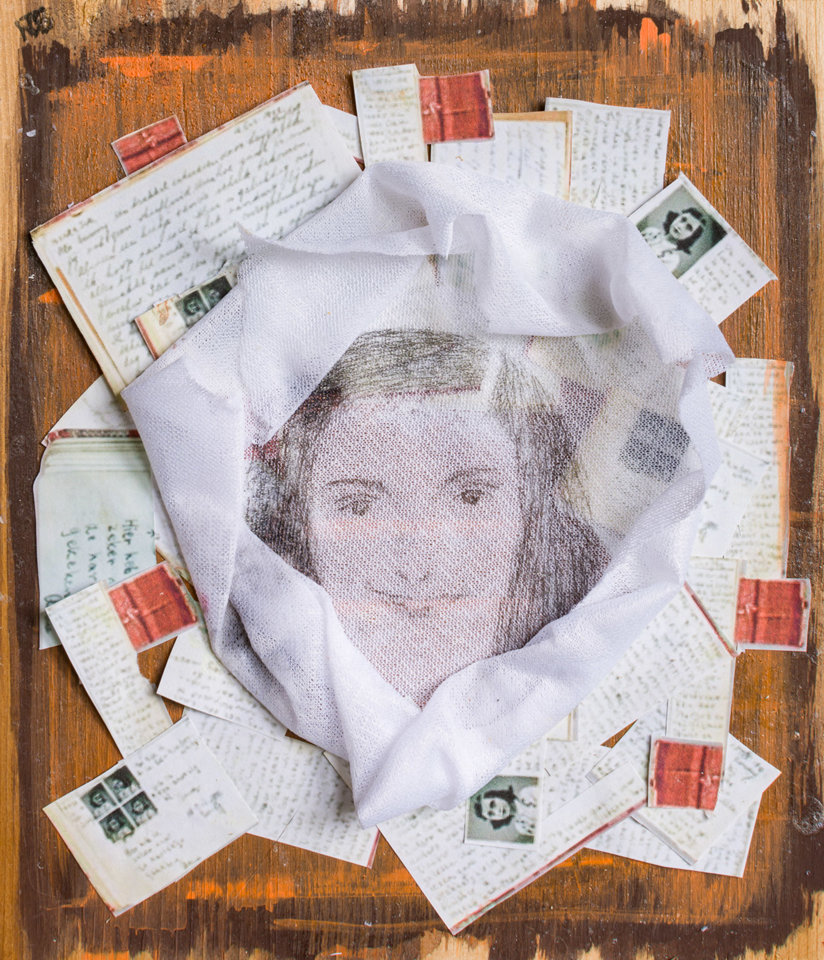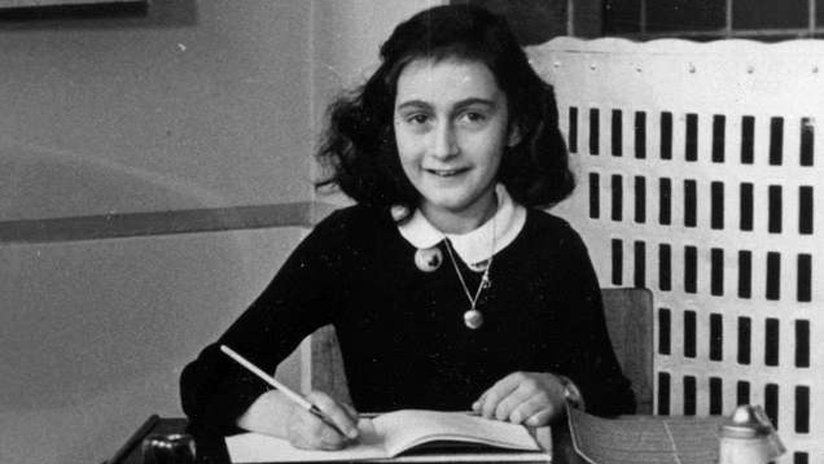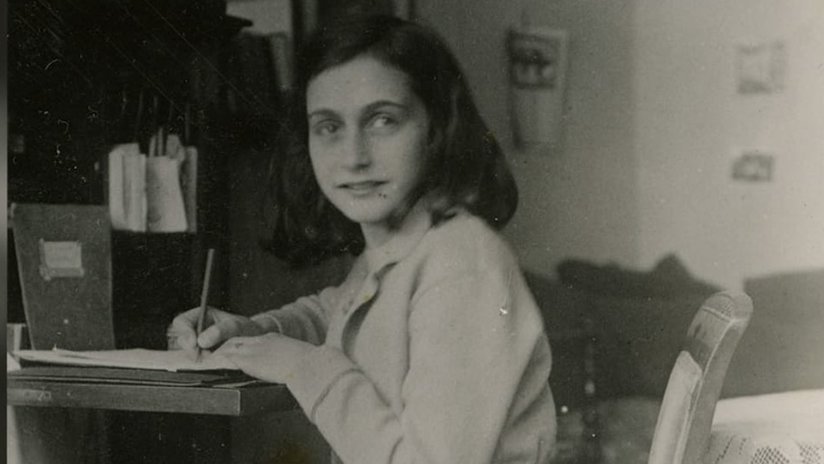
-
HOME
-
WHAT IS STANDOur Mission Our Values Our Help Contact
-
WHAT WE FIGHT FORReligious Freedom Religious Literacy Equality & Human Rights Inclusion & Respect Free Speech Responsible Journalism Corporate Accountability
-
RESOURCESExpert Studies Landmark Decisions White Papers FAQs David Miscavige Religious Freedom Resource Center Freedom of Religion & Human Rights Topic Index Priest-Penitent Privilege Islamophobia
-
HATE MONITORBiased Media Propagandists Hatemongers False Experts Hate Monitor Blog
-
NEWSROOMNews Media Watch Videos Blog
-
TAKE ACTIONCombat Hate & Discrimination Champion Freedom of Religion Demand Accountability
Honoring the Girl Who Will Be With Us Forever, This Women’s History Month
I grew up loving to read and write, and the inspiration I gained from many authors (Orwell, Waugh, Wilde, Shakespeare, etc.) as a teenager has always stood me in good stead. But one day, my inquisitiveness drew me to a biographical paperback that would affect me emotionally for the rest of my life.
The book had the photo of a smiling young girl on the front cover. She was my age, and yet she had already achieved the impressive feat of authoring an international bestseller. But what attracted me was not merely her literary prowess; it was the subject matter within and the circumstances of her writing this gripping tale. The young author was Annelies Marie Frank, best known as Anne Frank.

For many, including myself, this name resounds poignantly. In fact, I was so affected by her story and the fate of many victims just like her that I was inspired to depict her and all her image stands for in an art piece titled “Never Again” as part of my art series that revives icons no longer with us. The name “Anne Frank” symbolizes the almost overwhelming horrors of the Holocaust and represents many things: the courage of millions of Jews in the face of Nazi persecution; the bravery and rebellion of all those who protected and sheltered the Jews who had been forced into hiding or to flee; and the insanity and atrocity of pure bigotry and hate towards fellow human beings on the basis of their religion and race.
But Anne Frank means even more than this. She was a young teenager like I was—like we all were—with a life waiting to be lived. Her diary is a window into the thoughts and conclusions of a feisty yet innocent young girl, with an interest in boys, and a certain inquisitiveness on the subject of the humanities. A girl who got irritated by other people’s foibles yet learned to nurture tolerance in herself. During her captivity in the “Achterhuis” (secret annex)—a space in her father’s warehouse hidden by an inoffensive bookcase—the 13-year-old girl studied and learned much about human relations. She even resolved differences between herself and her mother by accepting that she too was responsible for any upsets between them. She was a budding, maturing young woman at this tender age, much more so than I was at that same stage in my life. So much potential waiting to be tapped.

Refusing to halt her development while in confinement, Anne Frank continued her studies. Before long, she realized that her dream was to become a professional writer after the war—to continue to glean pleasure from it, but first and foremost “to be useful or bring enjoyment to all people, even those I’ve never met. I want to go on living even after my death! And that’s why I’m so grateful to God for having given me this gift, which I can use to develop myself and to express all that’s inside me!”
“Anne’s life and death were… an individual fate that happened six million times over.”
Returning home after the war the sole survivor of his family, Anne’s father, Otto Frank, recovered her diary and additional notes from a family friend, Miep Gies. This outstanding woman had risked her life by hiding the Franks and other Dutch Jews during Holland’s occupation by the Germans. She had gathered the family’s belongings after they were deported by the Nazis, vowing to keep them safe until their return.
Despite the pain of the experience, Otto edited Anne’s writings and found those who could help him share them with the world. In so doing, Otto fulfilled Anne’s dream posthumously, making her one of the most-read authors of our time. According to the website annefrank.com, over 30 million copies of her diary have been sold in more than 70 languages. It has been read by people of all religions and races, rich and poor. She has even moved the hearts and minds of illustrious leaders, John F. Kennedy and Nelson Mandela to name but two. In her introduction to the diary’s first American edition, Eleanor Roosevelt described it as “one of the wisest and most moving commentaries on war and its impact on human beings that I have ever read.”
Even though Anne Frank has become a singular icon, symbolizing this dark, inhuman period in our not-too-distant past, every Nazi victim deserves recognition. One of the most heartrending comments I have read about Anne’s diary is from Miep Gies: “Anne’s life and death were… an individual fate that happened six million times over. [Her] fate helps us grasp the immense loss the world suffered because of the Holocaust.”
Having left my teenage years behind (something Anne never got to do) and having moved into motherhood, The Diary of Anne Frank is on my bookshelf for my children to read. For not only do I wish for such a notable author’s works to be enjoyed, generation after generation, I also know her legacy must prevail.
And so it is that Anne goes on living even after her death, speaking to so many, in perpetuity, just as she wished.









